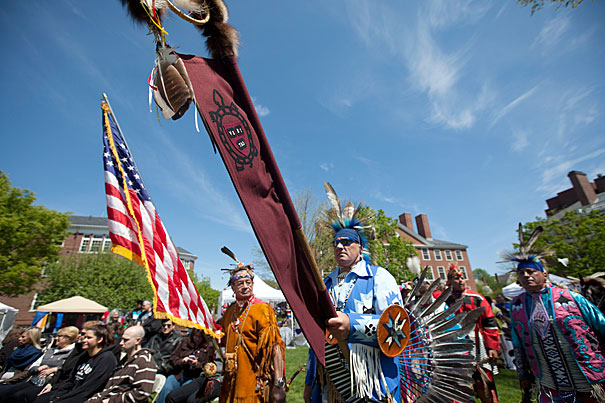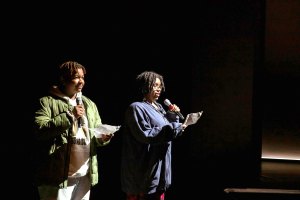Arts & Culture
-
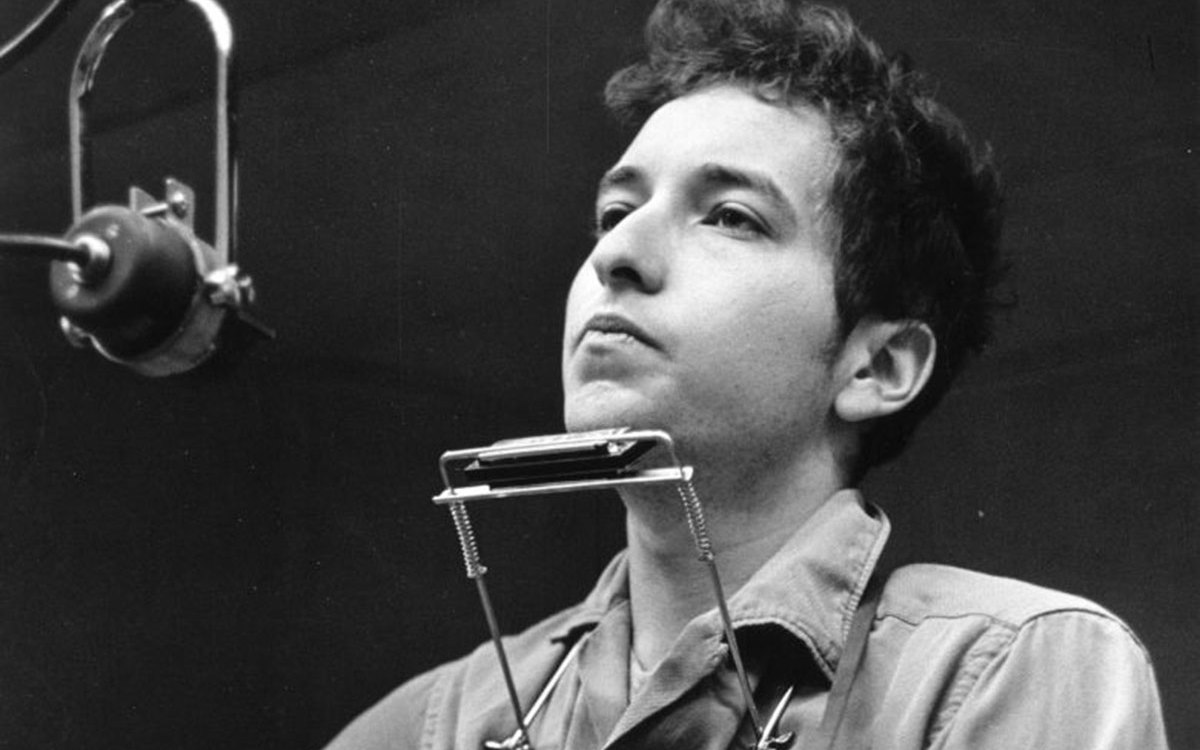
Voice of a generation? Dylan’s is much more than that.
Classics professor who wrote ‘Why Bob Dylan Matters’ on the challenge of capturing a master of creative evasion
-
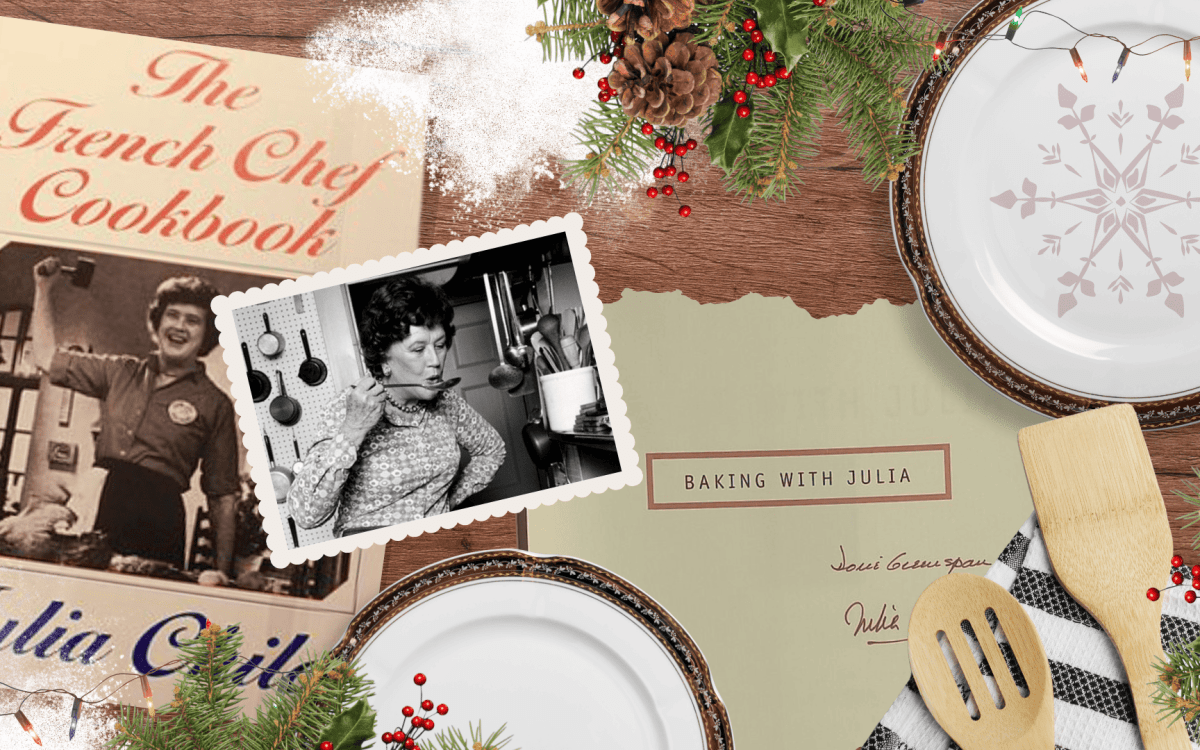
Holiday treats from the kitchen of Julia Child
Recipes from celebrity chef’s archive at Radcliffe
-
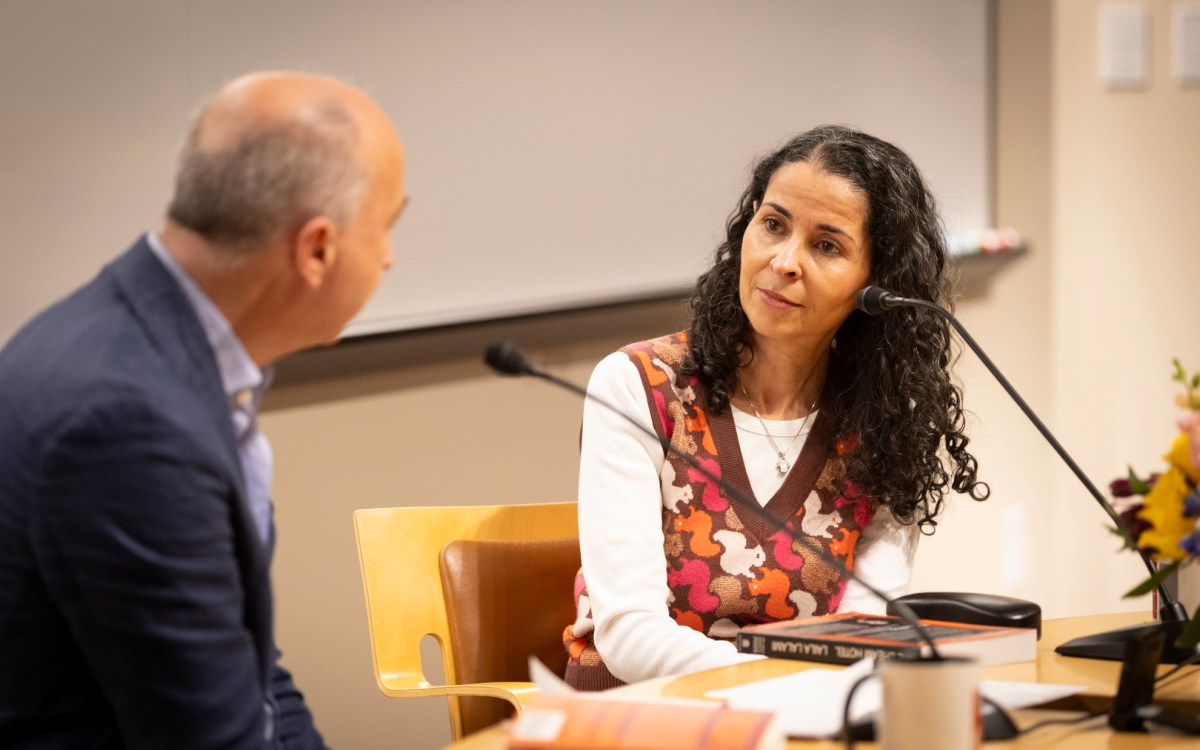
How a ‘guest’ in English language channels ‘outsider’ perspective into fiction
Laila Lalami talks about multilingualism, inspirations of everyday life, and why she starts a story in the middle
-
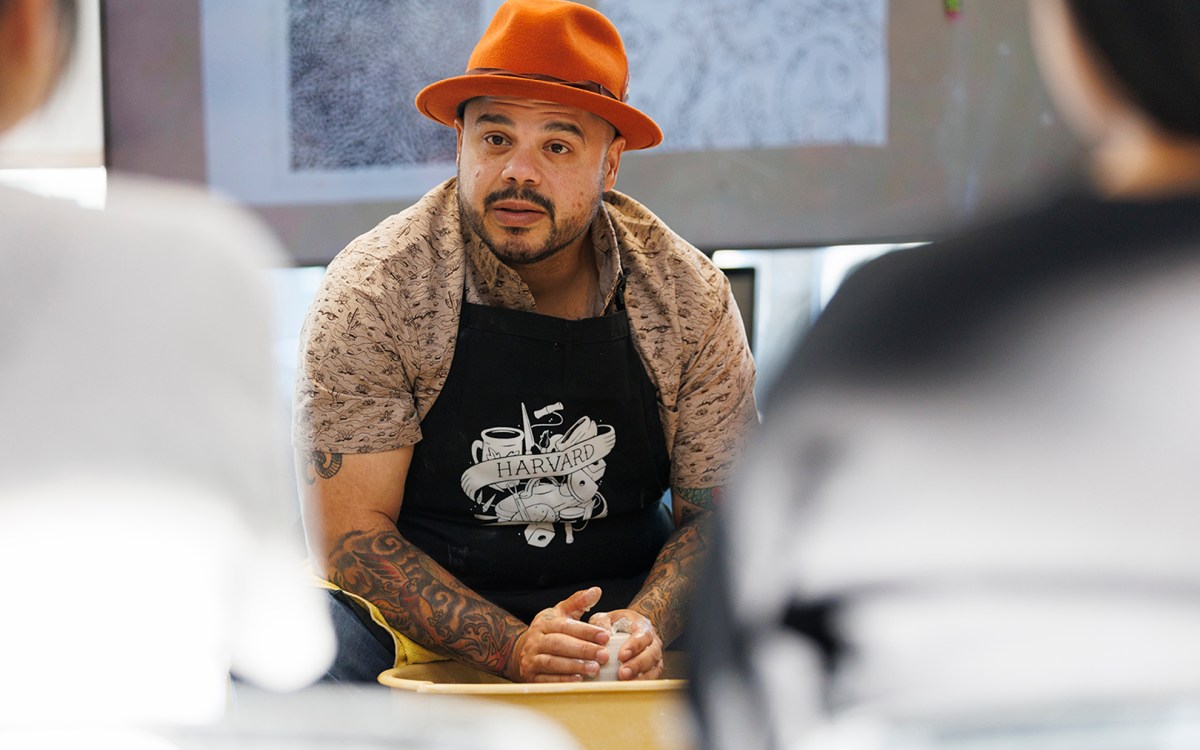
Potter gets fired up about helping students find their own gifts
Roberto Lugo says his art creates conversations and ‘that’s where the magic happens’
-

The 20th-century novel, from its corset to bomber jacket phase
In ‘Stranger Than Fiction,’ Edwin Frank chose 32 books to represent the period. He has some regrets.
-
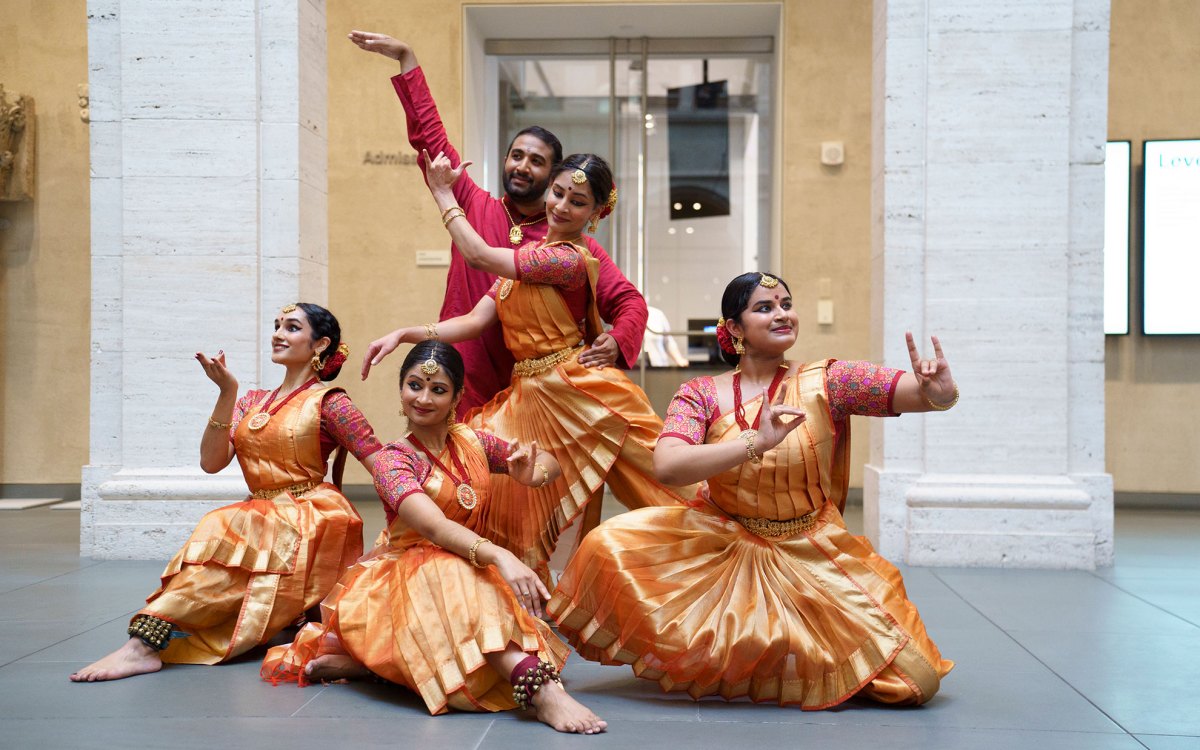
Dance the audience can feel — through their phones
Engineer harnesses haptics to translate movement, make her art more accessible

-
A Julia-worthy feast
An extensive archive at the Schlesinger Library illuminates the life and work of Julia Child, whose writings and TV show brought the world of French cuisine to the American masses.

-
From cradle to grave, through history
In “The Mansion of Happiness: A History of Life and Death,” Professor Jill Lepore shows, with wit and wisdom, that our existential anxieties are anything but new.
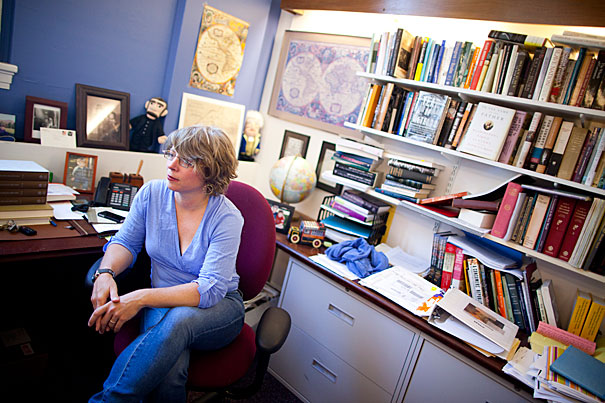
-
Round and Round
With their inspired and insightful eyes, the Gazette’s staff photographers bring life at Harvard full circle. [Photo Journal]
-
Sweeping gestures, divine power
Master of calligraphy Haji Noor Deen’s work is on display in the CGIS South building in an exhibit titled “Arabic Islamic Calligraphy in the Chinese Tradition: Works by Master Haji Noor Deen,” through Aug. 20.
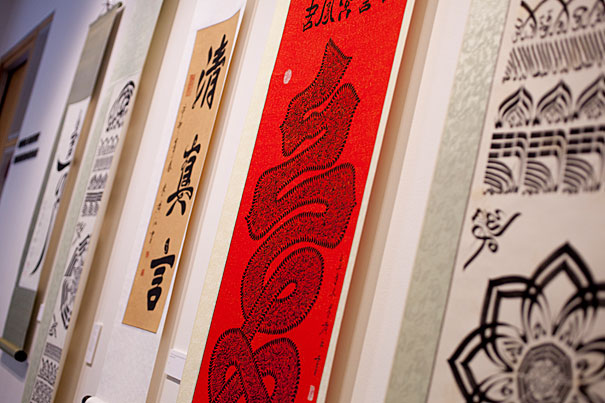
-
No ordinary band
The Harvard Summer Pops Band celebrated its 40th anniversary with a performance in Sanders Theatre on July 26. They will perform at 3 p.m. July 29 at Boston’s Hatch Shell.

-
Harvard’s best listeners
Harvard’s Audio Preservation Studio, tucked away in a few rooms on Story Street, does the heavy lifting (and listening) required to make “loss-less” digital copies of archived sound artifacts in collections University-wide.
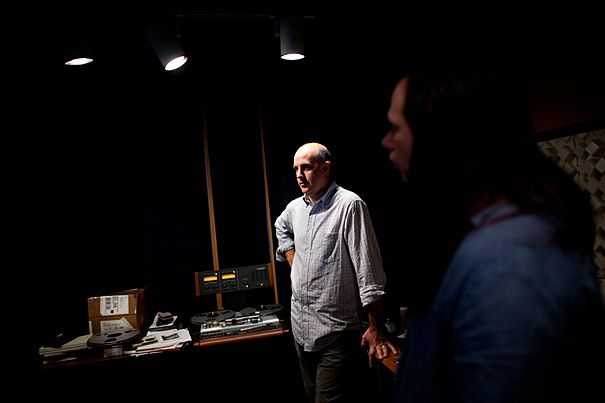
-
Taking a Thursday tour
This summer, the W.E.B. Du Bois Institute for African and African American Research is offering tours of its art collection. Led at noon on Thursdays by Sheldon Cheek, senior curatorial associate for the Image of the Black in Western Art Project and Photo Archive, at the Rudenstine Gallery.
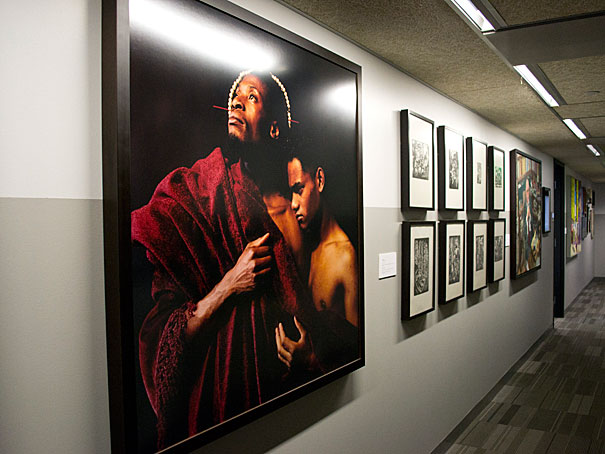
-
Fantasy, fairy tales, happy endings
Sixteen teachers were selected to attend the National Endowment for the Humanities seminar course on fairy tales and fantasy literature at Harvard University. Maria Tatar, chair of the program in Folklore and Mythology, led the seminars.

-
From ‘Emma’ to ‘Charlie Brown’
Harvard-Radcliffe Summer Theatre (HRST) welcomes Harvard undergraduates of all ages and majors to participate in its summer repertory company. The 30 Harvard students participating in the 2012 HRST program and have been collaborating on three plays since mid-May.
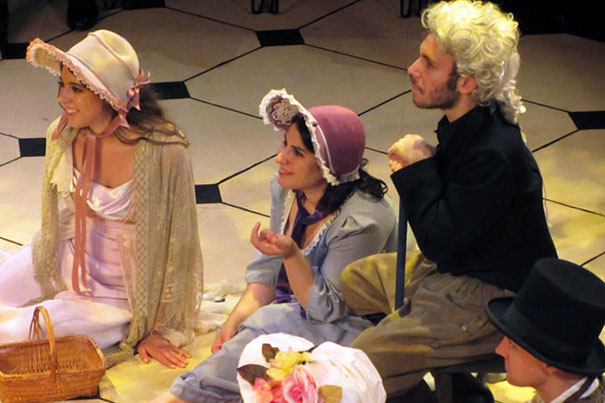
-
Market dominance
Free-market thinking now pervades most facets of everyday life. In “What Money Can’t Buy,” rock-star lecturer and philosopher Michael Sandel asks readers to consider what they really value — and whether some things shouldn’t come with a price.

-
Memorable expressions
Harvard curator Elizabeth Rudy discussed “highlights of how portraiture was pushed in different directions by different artists at key moments” in a talk at the Arthur M. Sackler Museum.
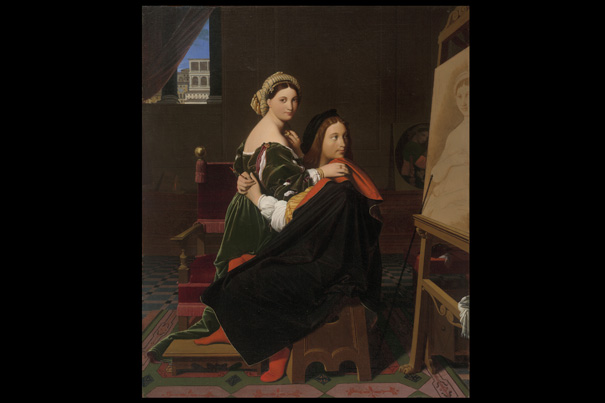
-
In 40 films, story of a screen great
A summer-long festival at the Harvard Film Archive tells the story, in 40 movies, of Paramount Pictures — a legendary cinema enterprise that turned 100 this year.
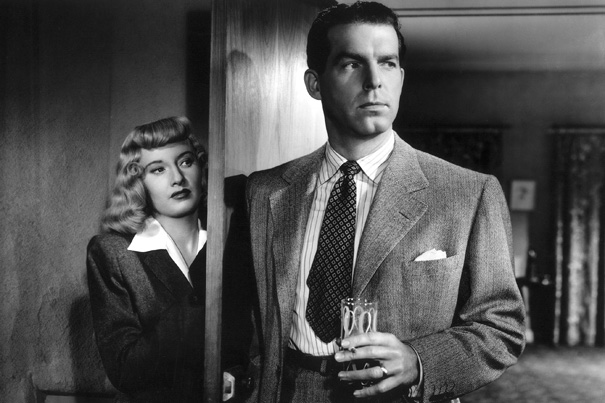
-
A new avenue for expression
A new master’s concentration at the Harvard Graduate School of Design invites artists and others out of the studio and into the world.
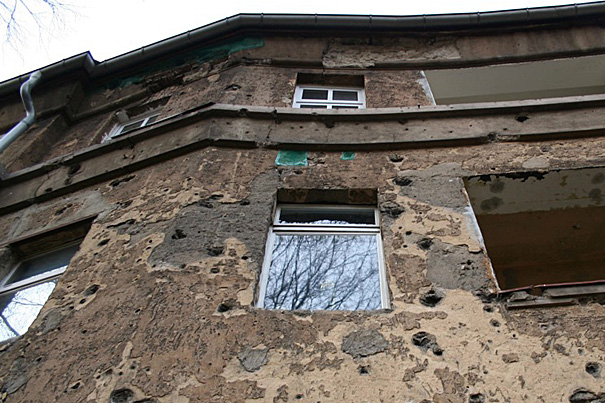
-
Harvard in the War of 1812
The War of 1812 touched Harvard only lightly, a new exhibit shows, but the end of the conflict was much welcomed in Anglophile New England.
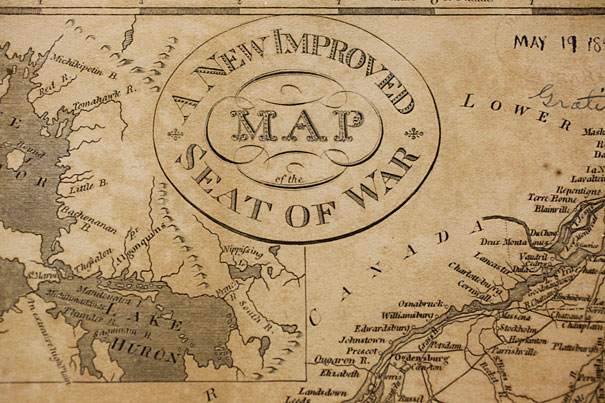
-
Edward Lear’s natural history
Edward Lear, a master of nonsense verse and travel writing, was at a young age one of the most accomplished natural history painters of his time.
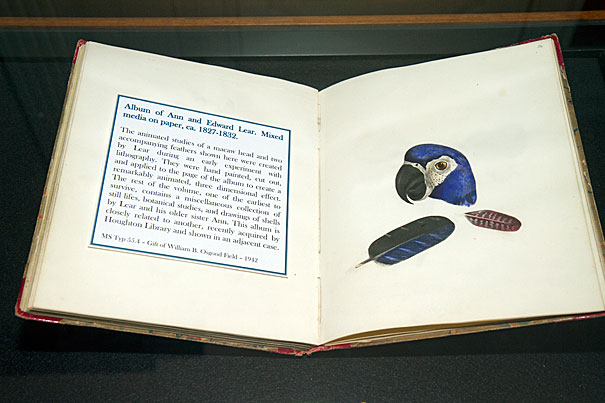
-
World literature, sized right
A Harvard professor leads a team of editors to create a third edition of an erudite, Earth-circling “Norton Anthology of World Literature.”

-
Old Japan, online
“Early Photography of Japan,” a virtual collection of more than 2,000 images from three Harvard University libraries, documents the early history of Japanese commercial photography, and reflects the Western image of traditional Japanese culture before modernization.
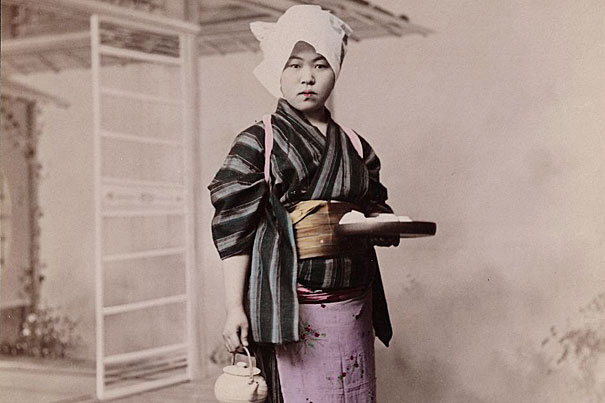
-
Updike’s roots and evolution
Harvard’s Houghton Library offers a glimpse of a coming treasure trove for scholars, the John Updike Archive.

-
Strong showing for musicals with A.R.T. ties
“The Gershwins’ Porgy and Bess” and “Once” — two shows with pre-Broadway origins at the American Repertory Theater — had a boffo night at Sunday’s Tony Awards, taking home the prizes for best musical revival and best musical, respectively.

-
Jasper Johns, and a technique he loved
A new exhibition at the Arthur M. Sackler Museum profiling the print-inspired works of contemporary artist Jasper Johns was put together with the help of four Harvard undergraduates.
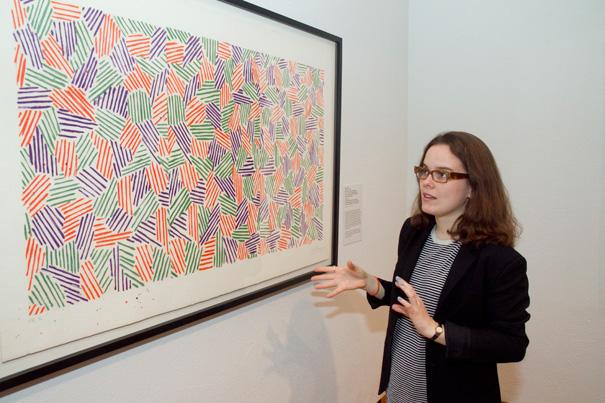
-
Exhibit honors influential Harvardians
The Harvard University Center for Italian Renaissance Studies (Villa I Tatti) in Florence, Italy, has announced a new online exhibition, “Berenson and Harvard: Bernard and Mary as Students,” opening June 4.
-
A.R.T. reaps Tony Awards notice
Diane Paulus, artistic director of the American Repertory Theater (A.R.T.), and her reimagined production of “Porgy and Bess” nabbed 10 Tony Award nominations, and another musical with ties to the A.R.T. grabbed 11.

-
Where the magic happens
We asked several Harvard authors to talk about something different, not what’s in their books but where and how they write them. Here’s what they said.
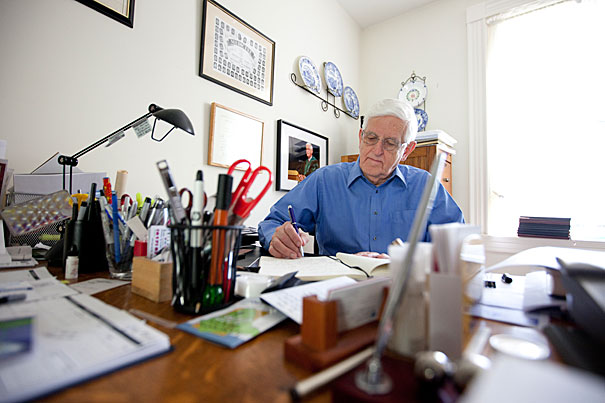
-
An intimate body of work
An intimate exhibition at the Harvard Art Museums/Arthur M. Sackler Museum offers viewers a look at a body of largely unknown photographic work by one of the most versatile talents of the modern art movement in Germany.

-
Paul Tillich at Harvard
Four speakers recalled the spiritual and intellectual ambition of theologian Paul Tillich in an event marking the 50th anniversary of his retirement from Harvard.
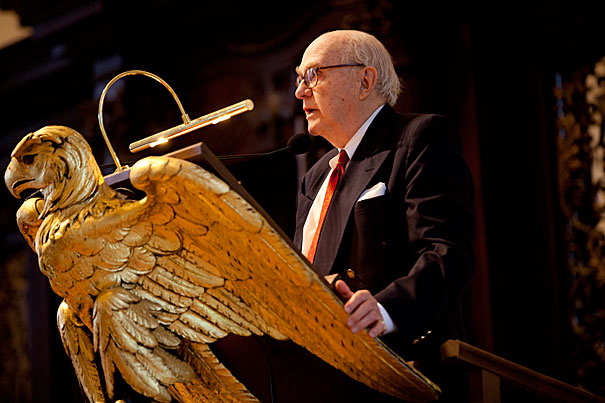
-
When the smartphone’s turned off
HBS professor’s experiments and book show the advantages of workplace teams getting together to share responsibility for down time, while keeping productivity high.
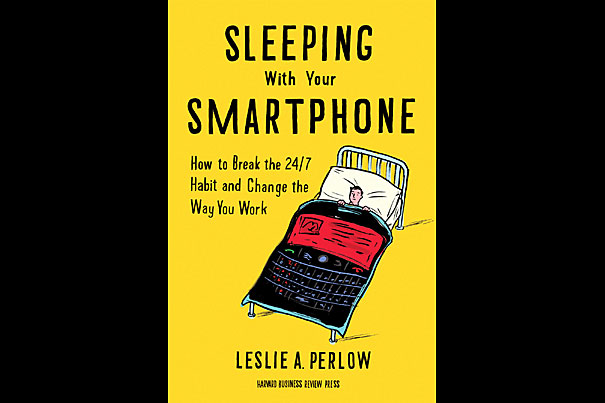
-
An art exhibit replete with diversity
“Attached” is this year’s display of senior theses in the Department of Visual and Environmental Studies. Their work is on display through May 24.
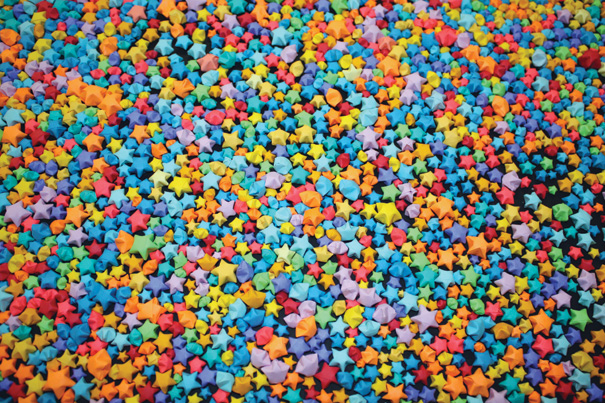
-
Love Poems
Boylston Professor of Rhetoric and Oratory Jorie Graham celebrated the legacy of Harvard poets such as T.S. Eliot, E. E. Cummings, and Wallace Stevens, with a student performance of their verse in “Over the Centuries: Poetry at Harvard (A Love Story).”
-
‘Breaking Boundaries’ at Arts @ 29 Garden
“Breaking Boundaries: Arts, Creativity and the Harvard Curriculum” was featured at Arts @ 29 Garden, which is an interdisciplinary space where Harvard faculty, students, and visiting artists come together to make art that enhances, embodies, and re-imagines learning.
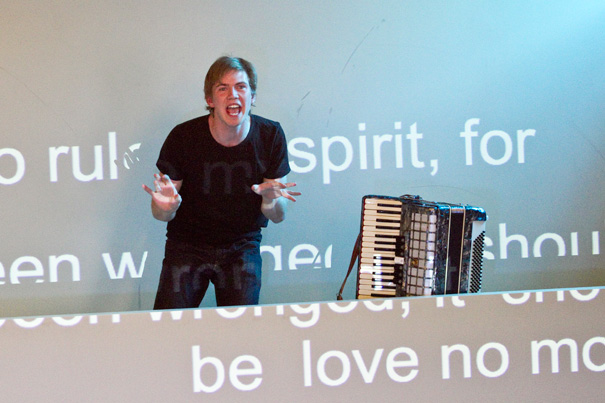
-
Tradition of the powwow
The Harvard University Native American Program sponsored the annual Harvard Powwow celebration that brought together Native American singers, dancers, and drummers at the Radcliffe Yard on Aprl 28.
